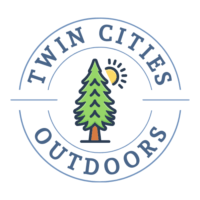
My friend, Brian Whitson, knows how to take fantastic bird photos! I’ve been seeing them on his Facebook page for a few years now—oohing and aahing over them like others in his Friends list. His photos are as good as I’ve seen anywhere.
When I asked Brian if he’d be willing to share his best tips with us for photographing birds, he graciously agreed. He also sent me several of his photos to include in the post.
Here’s Brian…
Q: What is it about birds you love to photograph?
I love the wide variety of species and just watching their behavior.
It’s also about the hunt for me. I try getting as close as I can, sneaking up on one or waiting in an area that I know a certain bird will be in. I’ve even snuck up on a bird that nestled in the grass and was sleeping:

Q: How do you identify them?
I use a couple different bird books. The National Audubon Field Guide to North American Birds (the link is to the online version—very cool!) and Peterson’s Field Guide to Birds of North America (I purchased both of them used at Half Priced Books). I also use Google and just type in a description of what the bird looks like.
(Sharon’s note: If you’d rather go digital with your bird guides, these are for you: 1. National Audubon Field Guide online version…and 2. The Peterson’s Birds app for Android and iPhone compiles eight of their bird books into one powerful mobile app.)
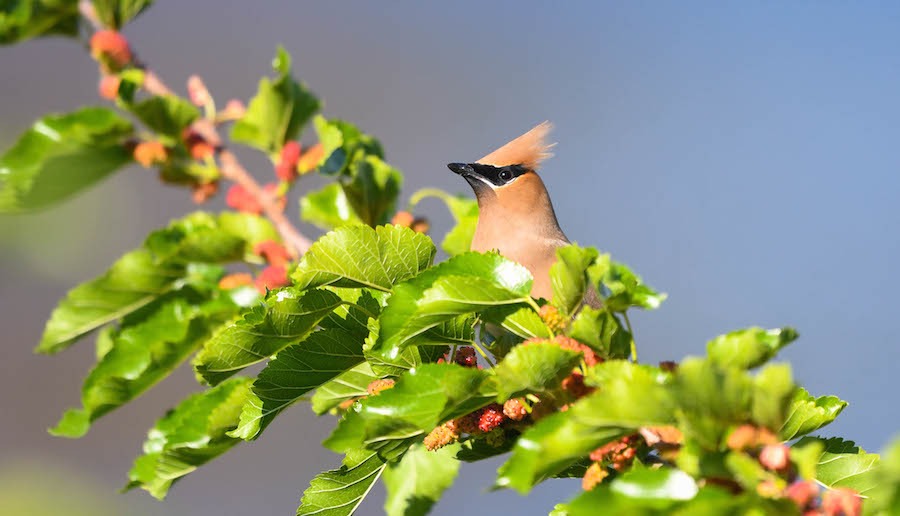
And I am a member of Minnesota Birding’s Facebook page. They’re a great resource with a ton of knowledgeable birders on it that are very willing to help you ID a bird you can’t locate with other resources.
Q: Is there a best time of day for photographing birds?
Early morning and evening both, but Spring and Fall are also great times to go out when the birds are migrating through.
Q: What parts of the Cities have you found you like best for finding and photographing?
Whatever is close and has some type of body of water near it.
I work and don’t have a lot of time or energy so I’ve found a great way for me to unwind from the day is to go to a local park or parkway to shoot photos. There are birds everywhere but they need food and water and brush to hide in. Plus with water you get a much larger variety of bird to see.
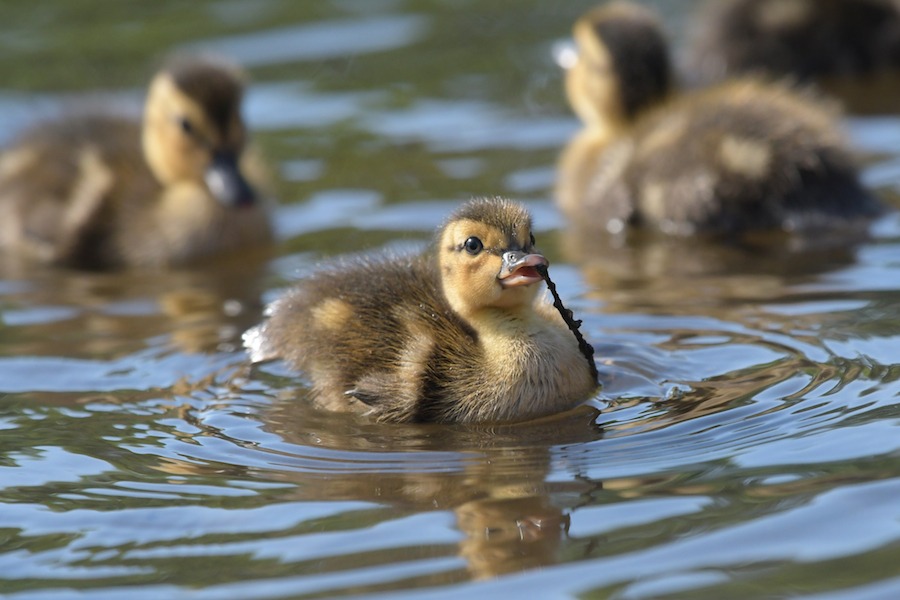
I lived by Powderhorn Park for 3 years and I saw over 100 species of birds during my time there, everything from eagles to hummingbirds.
Minnehaha Parkway is a great walk and has a lot of birds. I like the area close to Lake Nakomis. When I lived downtown, Loring Park was only a few blocks away and also has a small pond and a ton of birds. The River Walk along the Mississippi in downtown Minneapolis also produced tons of great shots, but because of all the people it was better shooting early in the morning.
One thing about city parks and city birds is they’re used to people and less skittish than their country cousins.
Q: Tell us about your camera equipment.
I have a Nikon D500. When I’m bird shooting I use a Nikon 300mm prime lens. It’s fast, especially the auto focus, which is needed for birds that are flitting all around or swooping by.

It took me a bit to get used to not being able to zoom in or out with a prime lens, but most of the time the bird isn’t so close that you have to zoom in. I always have a spare battery on me, and I use a Lexar professional memory card because the camera is able to transfer the info to it faster. That gives me the ability to just keep snapping off pictures without the camera slowing down.
Q: What recommendations do you have for the beginning bird photography enthusiast?
I started off buying a used camera for a couple of hundred dollars and then I purchased a mirror-less camera with a couple of lens for about $1,200.
They both worked OK, but once I knew I wanted to really invest into this as my main hobby and “therapy tool,” I bit the bullet and took out a loan to pay for equipment that would perform. Every monthly payment was worth it for me. I love my camera and the results I get.
I recommend you start off with a cheaper used camera to see if it’s something you love. Then upgrade to a more expensive camera.
(Sharon’s note: My bird photos aren’t nearly as crystal-clear as Brian’s, but I’ve been able to get a few photos I’m pretty happy with using my Nikon D3400 with a 70-300mm zoom lens. So if you don’t want to invest several thousand dollars in equipment, you can still be a bird photography hobbyist with a lower-end camera…especially if your results will be used exclusively online. Print is a different story!)
One thing to keep in mind—the lens is where the quality of the picture comes from. If you have a great camera but a poor-quality lens, the pictures will be poor quality.
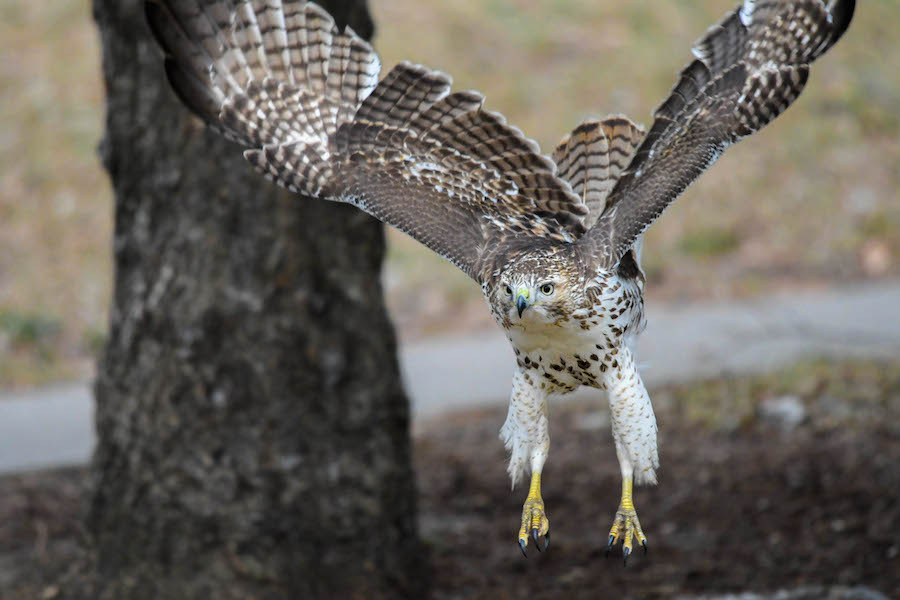
Early on, I spent quite a bit of time in an area where ducks would fly in to feed. I would practice pulling my camera up, getting them in the lens, focusing, and shooting off shots.
I didn’t really want the pictures—it was just great practice to get acquainted with my equipment. So when I did have a bird I wanted to shoot, I knew right where to point when I pulled my camera up.
Q: Do you edit your photos? What software do you use?
Yes, I use Lightroom 6 and watched a few YouTube videos to learn how to do the basics on it. It’s a great program. It allows you to take a so-so picture and turn it into an outstanding picture.
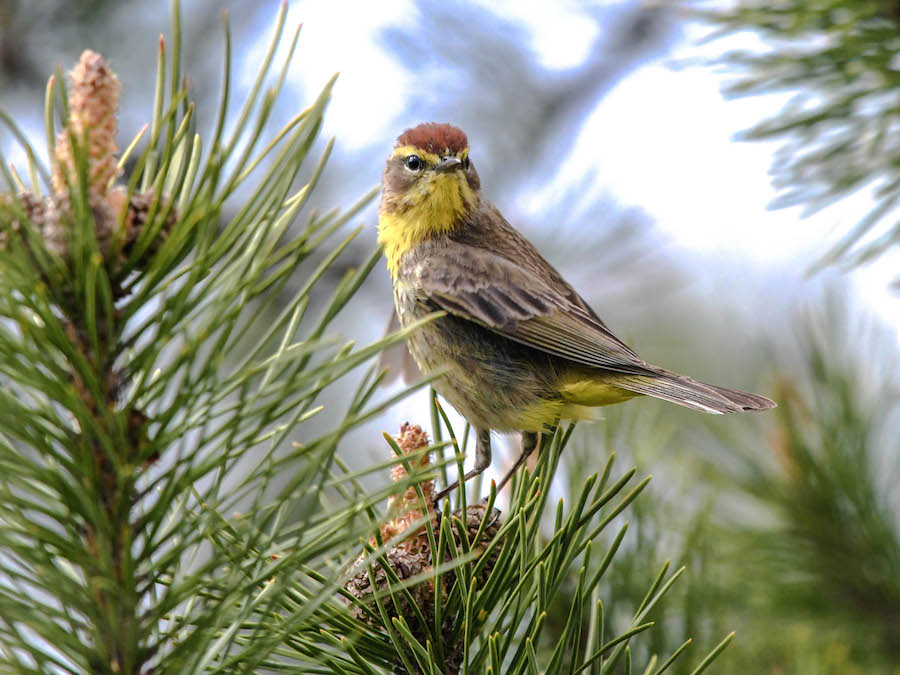
Q: What else do you enjoy photographing besides birds?
Nature in general. And I enjoy doing candid shots of people and architecture as well.
Q: What plans do you have with your photos?
I’m in the process of creating a book of my bird pictures. I would sell my pictures but I’m not much of a salesperson! I’d rather make a book and find a publisher to print and market it. I made a wildflower book a number of years ago.

(All the photos on this page are © Brian Whitson. Used by permission. Aren’t they fantastic?!)
You’ll like these, too…
- Spring is Here! Get Out and Hike our Twin Cities Trails
- Hiking and Running Trails in the Twin Cities
- Do You Know your Minnesota Trees?
- New Winter Gear: How Do These Perform? - November 29, 2023
- Paddle North: SUPs, Kayaks and More - November 20, 2023
- 2023 Holiday Gift Guide for Outdoor Lovers - November 10, 2023
